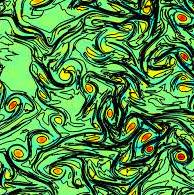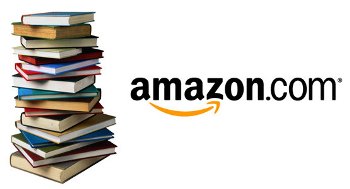Since the beginning of the Fourth Revolution there is a growing concern of the gap building between technology have and have nots. This has been quite alleviated since the arrival of the smart phone. However, there is still a growing issue when it comes to understand how algorithms work and take advantage of them. In this eye-opening piece ‘What’s On My Mind: What About the Gap?‘, Christopher Penn provides a compelling example about the difference it can make in marketing to understand AI-driven algorithms, because it drives directly what potential customers see or not.
“In the era before popular, commercial use of machine learning, success in business was largely a combination of effort and luck. Effort encompasses the skill needed to make a good product and sell it well, and luck encompasses being in the right place at the right time, whether you’re the local burger joint or a multinational corporation.”
“Today, data science, machine learning, and AI have thrown a bit of a wrinkle into this. So much of our lives are intermediated by machines and machine learning. What products we see, what ads we see, what news we see, what friends we see in the digital realm – which is the primary realm now for so many of these tasks ever since the smartphone became our external brains – are all controlled by machines and algorithms.”
Christopher Penn then continues to provide the example of what he could achieve easily given his background in data science for a florist shop friend, substantially increasing ranking and visibility on the internet through clever understanding of data analytics.
“For a while, the Internet presented a level playing field where a small business could appear larger than it was, where relevance and not budget could win the day. That 20-year golden era of Internet marketing – 1997-2017 – has been supplanted by the AI-powered marketing era, and this is an era in which whoever has the technical resources to win will do so.“
“To be clear, having great products, good prices, and phenomenal service will still be fundamental to succeeding at business. No amount of AI will change a crap product, prices that aren’t competitive, or abusive service and get people to buy, long-term, who would not have bought before. But becoming visible, being seen, will be harder for those without skillful use of AI.”
Certainly a very useful warning. AI and data analytics knowledge is now the key to being visible and we all need to understand that the game has changed only a couple a years. Marketing is now different, rules are different and thus the game changed.












